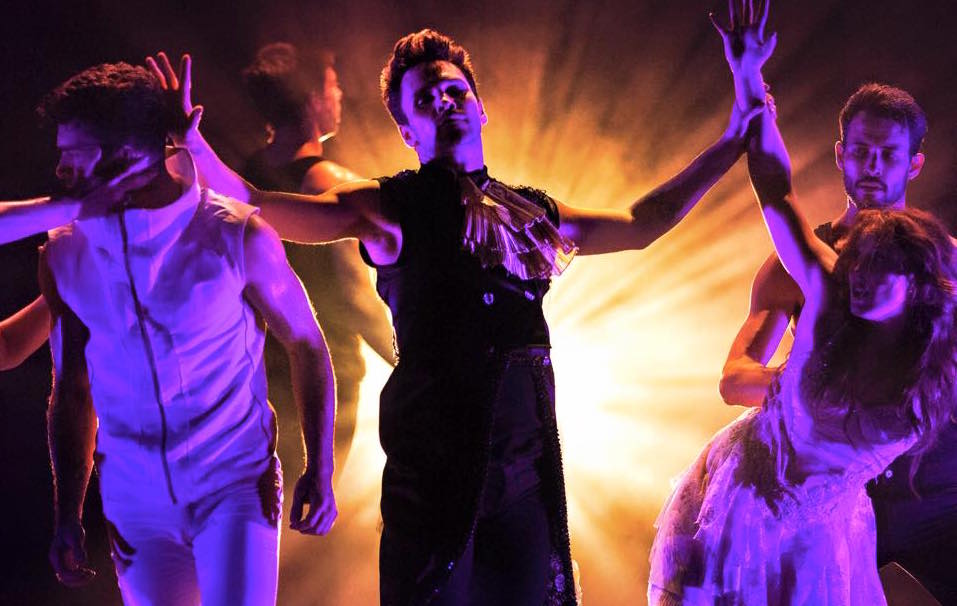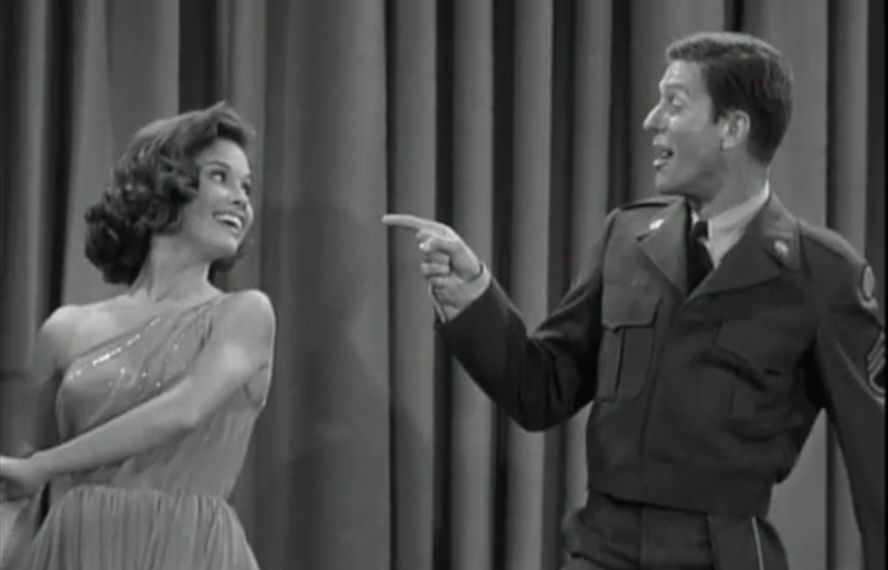I have been a mighty admirer of the dance scene especially since I started dancing when I was young and haven’t stopped since. In my opinion, So You Think You Can Dance is one of the greatest television series that has been invented. They attract many talents who audition and get challenged by the show, not only in their genre, but in other genres too. The show first debuted in 2005 and is on their 12th season currently.
In particular, I’ve admired Nick Lazzarini and Travis Wall, the winner of season 1 and runner-up of season 2 respectively. They are both contemporary dancers and have since found fulfilling careers in the world of dance. Just recently in 2012, Wall and Lazzarini founded their own dance company Shaping Sound with Teddy Forance and Kyle Robinson. They have recruited wonderful talents who have helped make their national tours a reality.
The four founders had heard many of their dancer friends speak about the lack of opportunities and career prospects that they decided to build their own company. The four mainly choreograph and envision the production, while the members audition and strive to perfect their artistry. Their motto of “Dance Reimagined” is highly pertinent to this set of dancers because Wall has been growing his reputation of having creative choreographies that blossom into new boundaries of contemporary dance. In the past week, Wall won an Emmy for Outstanding Choreography.
Their first tour was last year and concluded their second this past February. It was with luck that they were in Philadelphia in that last stretch. Although it was on a Wednesday night, I had made up my mind months prior that I would not miss this concert. This was probably one of the best decisions I have made in my life. The passion, commitment, and energy that the dancers had on stage transcended to the audience, whether or not they were dancers themselves. Overall, the show was very well-thought out and the visuals were stunning. Each piece was performed to perfection and the audience could not have gotten more for their buck.
I have two favorite pieces from the show. The first was the “Sing Sing Sing” item before intermission. There is probably a 99% chance that every tap dancer has tapped to this song. It was a pleasant surprise that the company had such a classic tune in their line-up. However, they presented this as a jazz piece, which was a refreshing change from the more modern takes that preceded it. As the company’s main focus is contemporary, the pieces before were more interpretative and emotive. This item stood out because of the energy and entertainment value that was injected into it. The quick and clean execution of the steps built up an enormous ball of energy that exploded on stage and washed over the audience. They were one with each other and with the music. The passion they had for dance was eminent and infectious. I felt a surge of energy through my veins as they laid out their hearts for all to see. The audience managed to contain the joyfulness for the length of the piece, but erupted in applause and cheers at the end of the item. I will never forget that moment, where no matter your race, class, gender, age, or even dance knowledge, you feel part of a shared emotional experience. It was a uniting force and in that moment I knew that I made the right decision to be there.
Wall has been asked back to So You Think You Can Dance as a guest judge, choreographer, all-star cast member, and now team captain. As a new feature for the upcoming season, he is the mentor for the stage performers. It took the producers awhile, but Lazzarini too joined the all-star cast in season 11. Wall has grown his reputation as reinventing an approach to dance. His movements flow with the music and this connection is undeniable as he receives praise from the judges, public, and fellow peers. It was no surprise that he would choreograph to another classic, “Bohemian Rhapsody” by Queen. This was another one of my favorites of the night. It featured the guys of the company. At one point in the choreography, the guys stepped into a spotlight each. This lined them up horizontally across the stage as the lights flickered and highlighted each member to guide the viewer’s attention. The mastery of technique and expression of mischief was a tease for the audience. Lazzarini can be flamboyant, and his character definitely shone in this dance when he snapped his fingers back and forth, a much more simpler set of counts that was a pleasant addition to the technically difficult piece. The lighting and timing of the dancers and tech-people amalgamated perfectly and the audience was engaged through it. The visuals brought together personality, dance, and emotions. I could watch it many times over and still fall in love with it each time.
Shaping Sound‘s motto is “Dance Reimagined,” which they accomplished with ease. I have been so fortunate to have experienced their artistry. They were truly meticulous with the production to present wholesome and meaty performances, leaving no detail behind. The audience members buzzed excitedly after the show concluded and that was heartening to hear others acknowledge the brilliance of the production. As a dancer myself, I have been behind the scenes and on stage, which only fuels my knowledge and admiration that dancers are hard workers who constantly strive to better themselves. These are many qualities that I respect and hope to emulate. Dance is not just a leisure activity, but a lifestyle.


Recent Comments